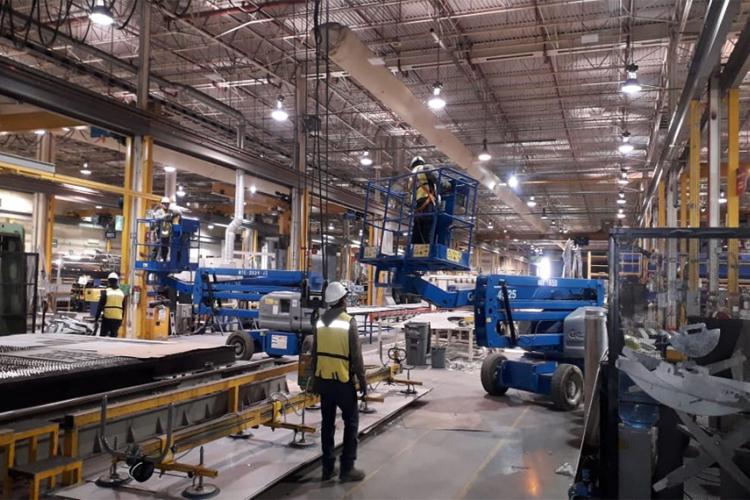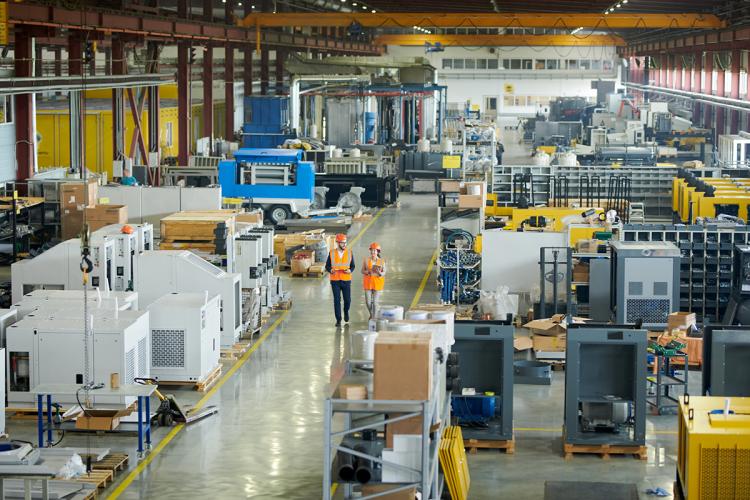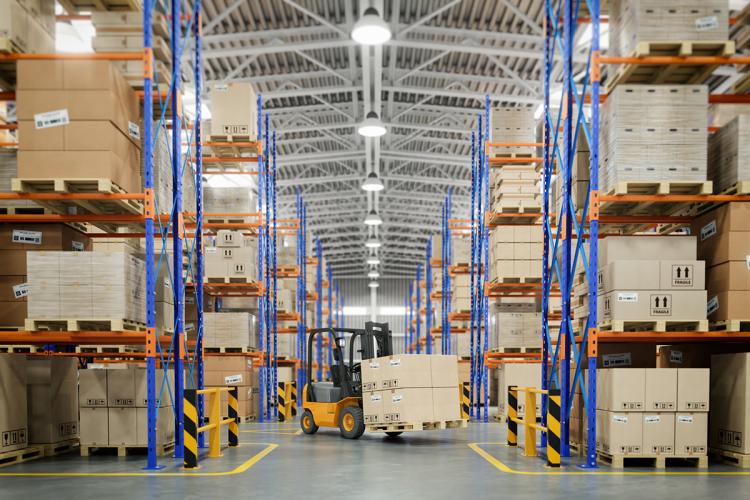EnTrans International, LLC Uses LED Lights from Current to Slash Energy Consumption, Costs
EnTrans International, LLC Uses LED Lights from Current to Slash Energy Consumption, Costs
EnTrans International, LLC Uses LED Lights from Current to Slash Energy Consumption, Costs
EnTrans International, LLC is a leading producer of energy and transportation equipment, with a wide family of established brands under its umbrella and 13 manufacturing locations across the globe. One of these facilities is a 400,000-square-foot plant in Juarez, Mexico, which is responsible for producing aluminum, stainless and carbon steel tank trailers that serve multiple industries.
With the manufacturing floor and traditional offices spread across the facility, the Juarez factory was costly to light. Old sodium vapor technology needed a lot of power to operate, and costs related to the old fixtures were beginning to pile up. Not to mention, the lighting was not ideal for welding (the primary process done in the Juarez plant) or other tasks done in house, such as fabrication and general assembly.
Jeff Hiatt, the Senior Vice President of Operations at EnTrans, is responsible for overseeing the facilities in Mexico and the U.S and began exploring options for an LED upgrade in the Juarez, Mexico plant. He was familiar with LED technology and knew what advantages came along with it, but EnTrans needed to see that the business case for conversion and return on investment were strong.
“In Mexico, electricity is expensive, especially compared to the United States,” Hiatt explained. “It looked like a good opportunity for us to take some cost out of the business as well as improve the lighting situation in the plant for the operators.”
An LED Solution for Every Space
At that point, an industry connection linked the EnTrans leadership team with GE Current, a Daintree company, who then designed a one-for-one replacement solution that would bring the energy-efficient power of 1,609 LED lights to the Juarez facility. While they did consider other providers, Hiatt and the EnTrans team ultimately chose Current due to its combination of technology, price and expertise.
“We did look at some other proposals, but at the end of the day Current had the best package for us, both from a cost standpoint and the technology itself,” Hiatt said. “I’ve looked at LEDs in the past, and the product seems more mature now and is just a better product than I’ve seen in other places.”
The in-country support was another standout. Alternate proposals wanted to run the conversion out of the U.S., but Current had teams operating out of both the U.S. and Mexico, and was able to provide native language expertise and on-the-ground support to the plant.
The majority of the new lights for the factory floor were Albeo® ABV3 LED luminaires. Available for high bay and low bay settings, these fixtures are idea for industrial applications. The team also outfitted traditional office spaces in the facility with LEDs. Much of these were the Lumination® LBR Series, which can easily fit into a traditional office drop ceiling.
Installation was a relatively smooth process, as the team worked in multiple phases over the course of two months to upgrade the lights during off shifts to minimize downtime. The upgrade was finished on time with no disruptions to normal factory operations.
Reducing Energy, Reducing Costs
The switch to LED lighting made an immediate impact on energy savings: The new LEDs are poised to reduce energy consumption in the Juarez facility by more than 3.4 million kWh per year. That’s equivalent to offsetting the carbon emissions from 293 homes for one year.
Because the cost of electricity is so high in Mexico, decreasing energy usage also made a significant impact on the bottom line: The projected annual savings from the conversion exceeds $400,000. That estimate is on target after about a month of operating the LED lights, and EnTrans is set to achieve payback in about 1.5 years.
EnTrans also anticipates saving money on maintenance, with the new lighting estimated to save more than $21,000 in annual upkeep. Hiatt added that there are additional advantages when it comes to safety—whereas he may have worried about old sodium vapor lights exploding or a heavier fixture dropping from the ceiling, the more compact LEDs don’t have the same concerns.
Improving the Work Environment
Once installed, the brighter, whiter light from LEDs also instantly upgraded the manufacturing floor.
“From an aesthetics standpoint in the plant, it made a world of difference,” Hiatt said. “It was pretty amazing to see the difference between the areas that were complete and one right next to it that wasn’t. It was if you could see a ‘curtain of light.’ It was pretty impressive to walk in the factory and be able to tell where the new lights were versus the old ones.”
The improved lighting also helped plant workers get the job done. In one area where quality control employees do final inspections, for example, new fixtures were put in to create more of a “daylight” environment to make it easier to complete inspections. Those employees have commented that it’s much easier to see what’s going with the tanks and make sure the quality is up to EnTrans’ high standards before it leaves the floor.
“We would wash it and polish it inside, and then take it outside and find swirl marks or other things we couldn’t see under the old lights,” Hiatt said of the previous environment. “Now they’re finding those things under the new lights before we take them outside.”
What’s Next?
This was the first collaboration between EnTrans and Current, but it may not be the last. While the immediate goal was reducing energy consumption and costs—something that the Juarez plan is well on its way to achieving—Hiatt is intrigued by future opportunities to use digital controls and sensors for location tracking within the facility. In the meantime, his team in Juarez will reap the benefits of better light, more efficient operations and lower energy costs.
To learn how Current can upgrade your facilities, contact us today.






